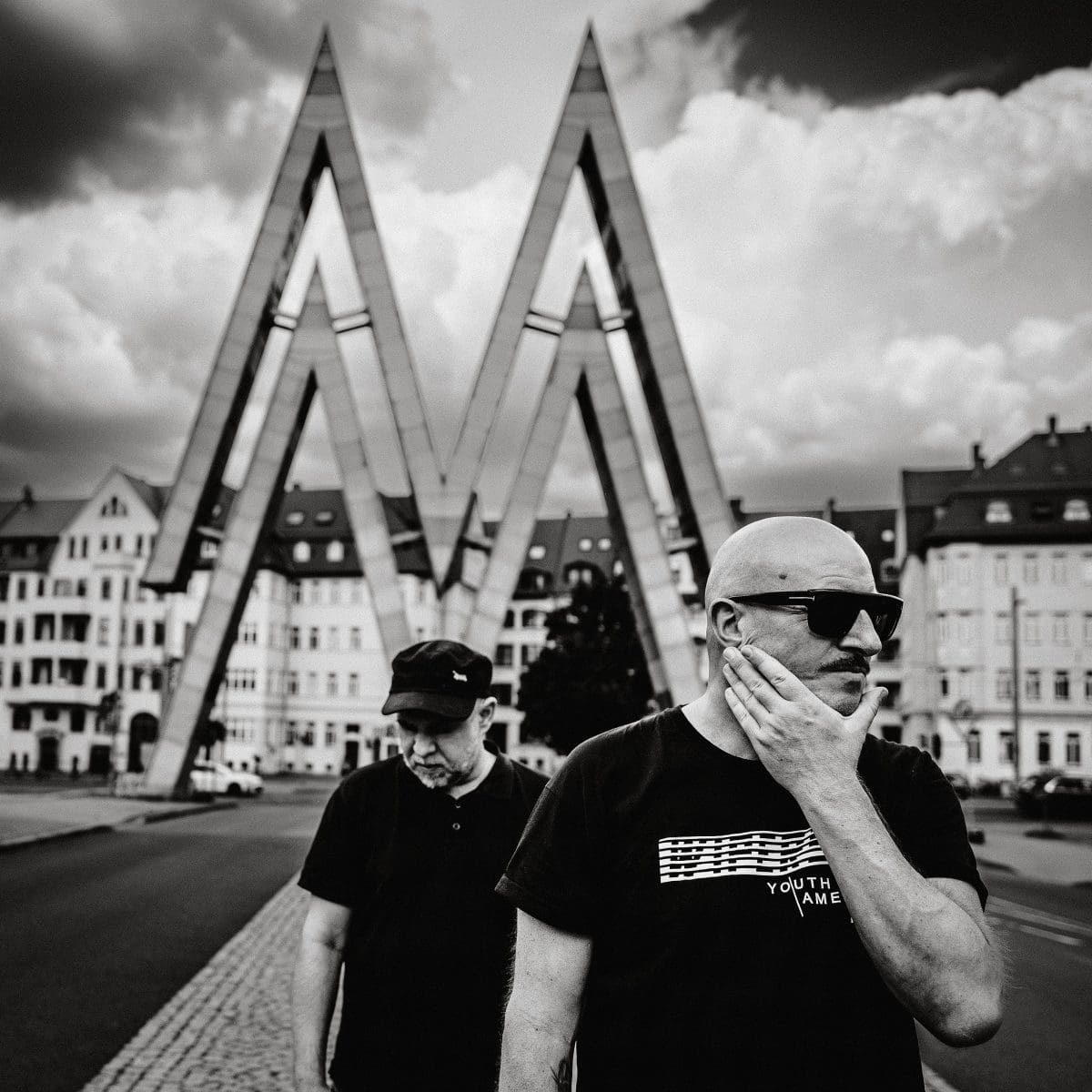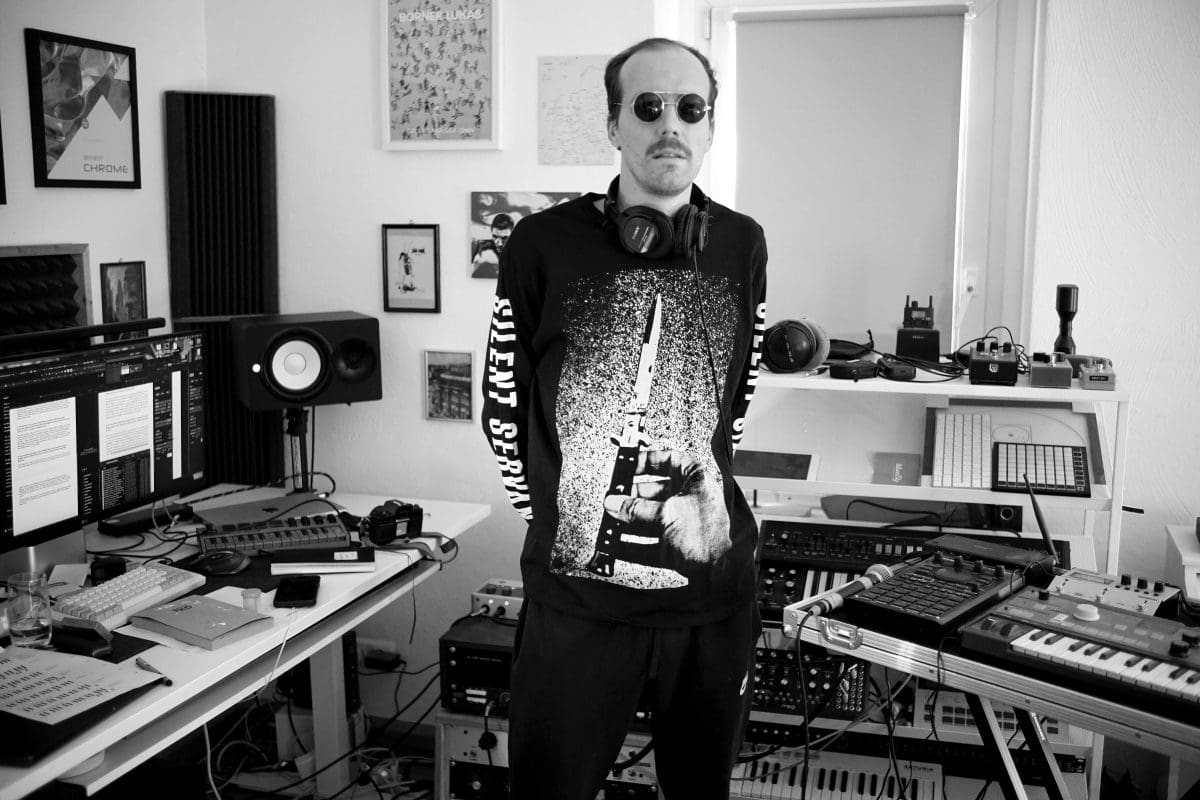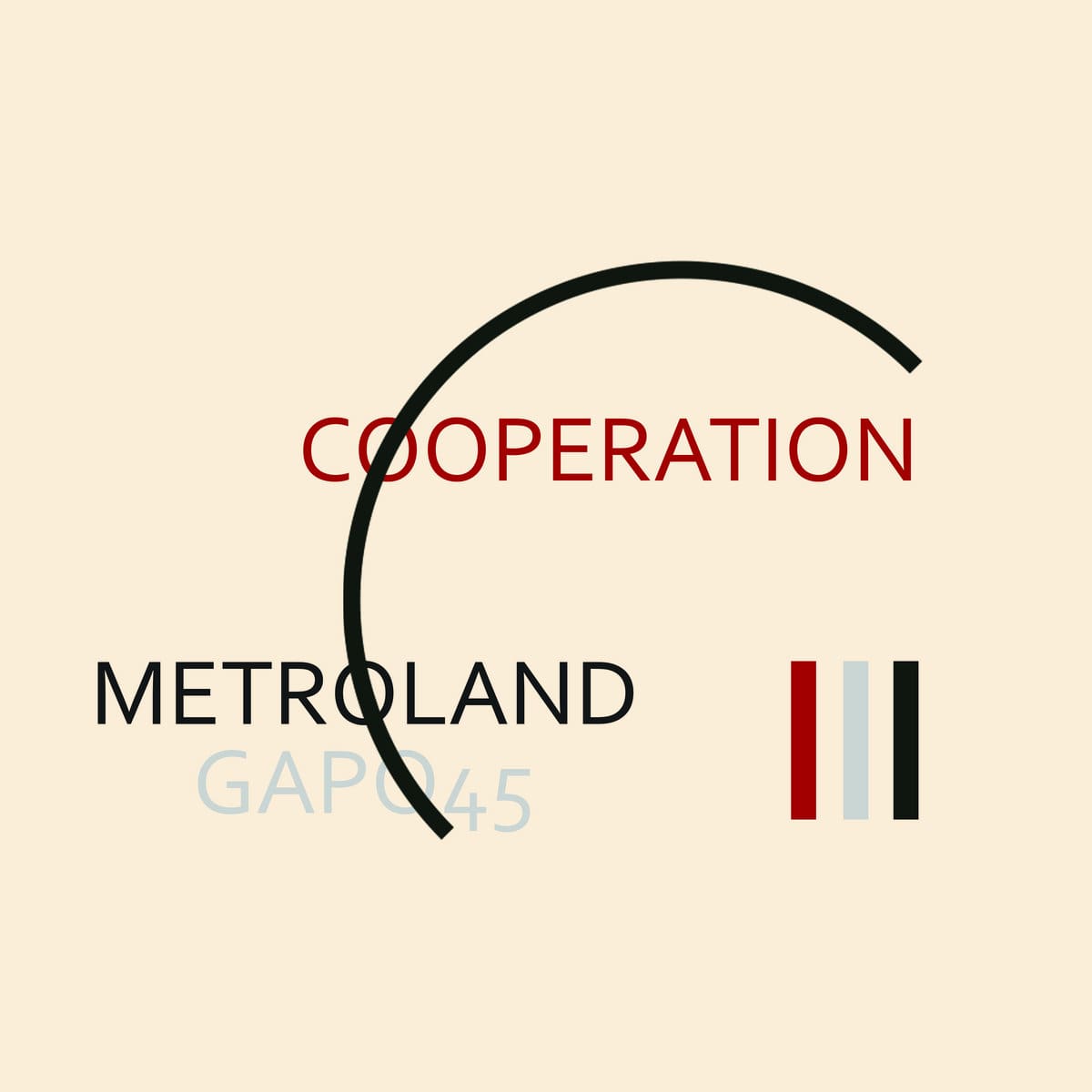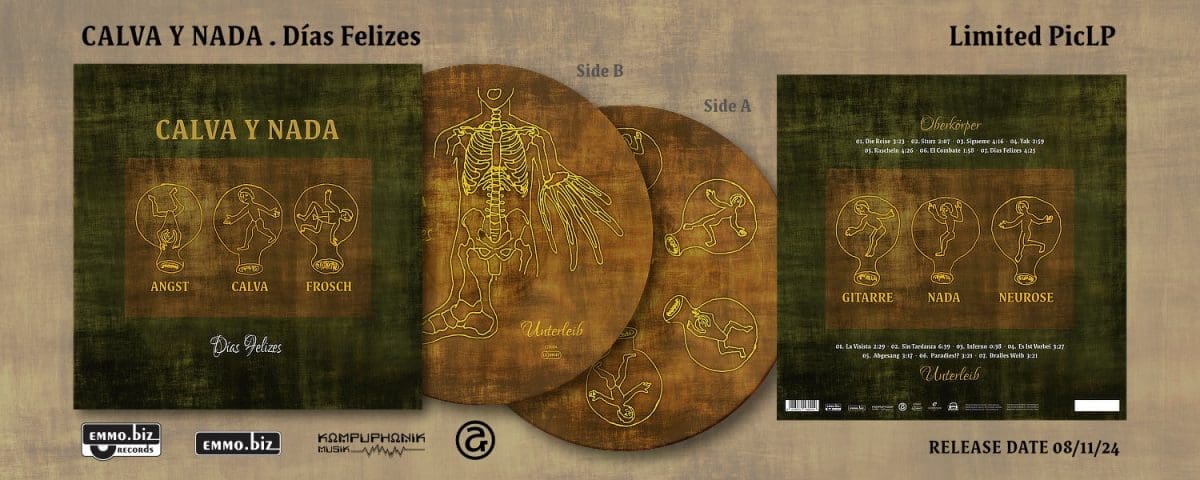‘Click Interview’ with Amorphous: ‘I Feel Something Is Missing When An Album Is Just A Digital Release’
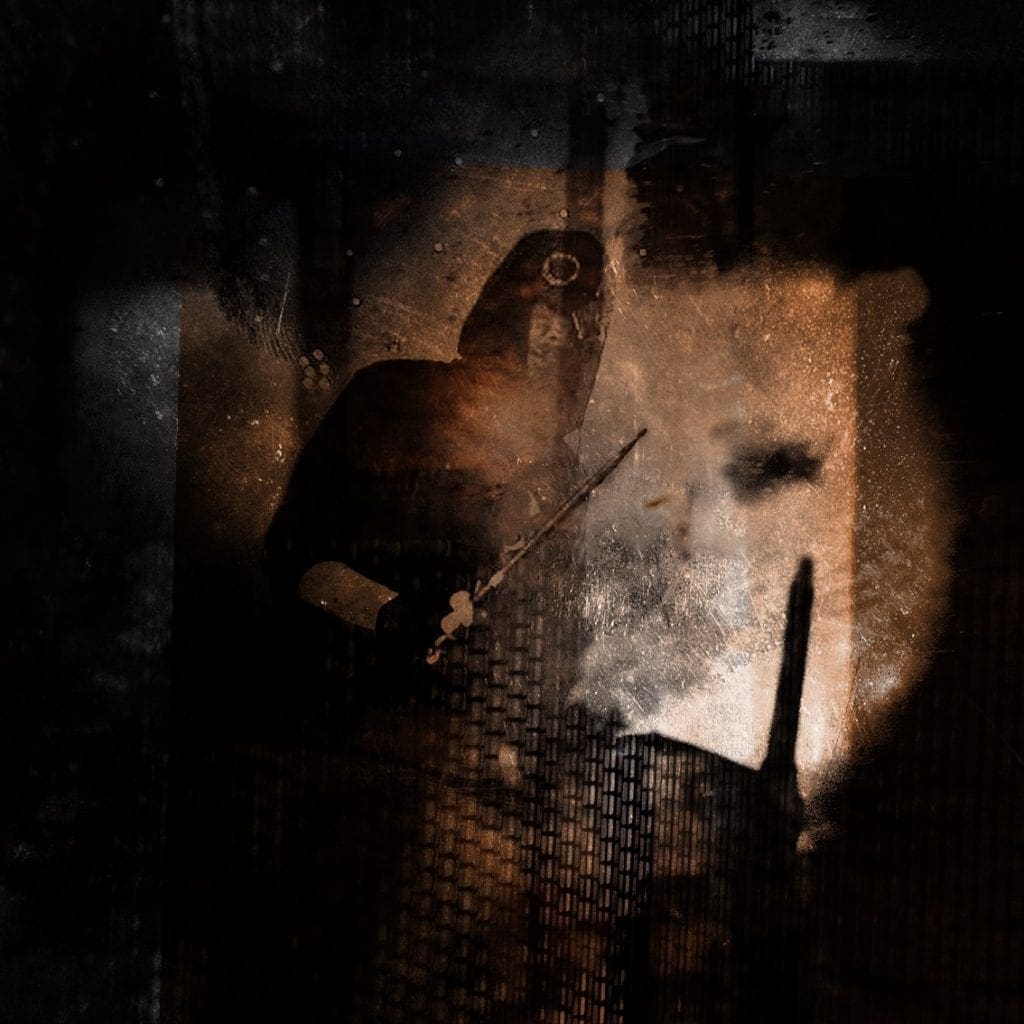
Gil O. Santos gained some recognition as member of the Brazilian EBM project MORGUE. He later on got involved with other projects and music styles, but came back to EBM with his solo-project AMORPHOUS. His newest album “Moth Metaphor” released on the Russian label Razgrom Music reveals a new sophisticated and intelligent writing mixing dark atmospheres and powerful EBM.
(Courtesy by Inferno Sound Diaries)
Q: How do you look back at the musician you were during the MORGUE period and the musician you became involved with AMORPHOUS?
Gil: MORGUE started as a duo, then it became a trio, and ended up as myself. MORGUE started before the internet explosion, before globalization, mobile phones, DAW, virtual synthesizers and plugins, so we had to do our best with the gears we could afford to buy, or borrowing from another musicians. During the MORGUE years, my music production and experience was just EBM and Dark-Electro.
From 2000 to 2010 I was fully involved with different music production as I was trying to have a career as sound designer and e-music producer, I took part to a movie soundtrack, I was making Psy-Trance, Tech-House, and Lounge music.
The urge for EBM and Dark-Wave production came back, then AMORPHOUS was born. As the name meaning, the main idea is to express electronic body music without a clearly defined shape or form, without a music cliché, an uncompromising electro-industrial music.
Q: Tell us a bit more about the new album “Moth Metaphor”? What is this album all about and what did you try to express by the title, which appears to me as a metaphor for the Western World, which is always driven towards more power and more welfare?
Gil: It’s all about criticism of power, religion, leaders, stupid society, and a strong wish for everyone to become aware of the matrix, a wish that people could appreciate a new way of understanding the universe that reconciles science & spirituality, eliminate religious fear & superstition that can lead to a new era of world peace and reconciliation.
Although moths are nocturnal animals, they are driven toward light for some unknown reason and represent wisdom of the other world, knowledge, clairvoyance and secrets.
The title expresses the phenomenon of the moth to a flame, which is a metaphor about emotional dependence. It is about how you sometimes feel attracted to the things that harm you. On the flip side, it may also lead you to fear the very thing that can free you.
Q: How do you perceive the evolution in sound and production of the AMORPHOUS releases? Do you handle specific criteria and/or references when it comes to the different aspects of composing and producing a song/album?
Gil :I believe it can be described as the most mature, inspired and technically polished release so far, it is a combination of pretty rough-sounding and noisy industrial dance tracks, atmospheric and cinematic soundscape.
The criteria were to create every song as a unique and remarkable experience. I tried to record all drum sessions using electronic percussion pads, playing live and recording instead of step sequencer or loops. I love to combine cinematic sounds and textures with contemporary electronic music.
Q: The most surprising –and I even dare to say totally unexpected song of the album is “Our Deepest Fear”, which is driven and inspired by the great Jacques Brel! How do you as Brazilian got in touch with the work of Brel and what did you try to achieve with this song?
Gil: Every album I tend to make a track where the lyrics and vocals (sampled) are taken from a poetry, short stories, novel or an audio book. I have used Edgar Allan Poe’s poem, “Brave New World” from an Aldous Huxley’s interview, Anne Rice’s novels “The Vampire Chronicles” (Lestat). This time whilst searching for some Gothic fiction, I came across with “Our Deepest Fear” poem by Jacques Brel, it fitted perfect to “Moth Metaphor” context, so I decided to use it.
Q: I know you’re interested by psychology so what does the Covid-19 pandemic evoke to you and its impact on people, artists, leaders etc..?
Gil: One mental health consequence of social distancing is the terrible loneliness that can prevail, as people are forced to remain inside their homes and away from gatherings and daily lives, which we may have taken for granted until now.
Luckily we are in the digital era and all virtually connected, but we all know that live streaming and zoom meetings will not fulfill the urge to shake our bodies and share music on a dance floor. As a therapeutic form of art, music offers that bonding power. Historically, music has been used by people to remain motivated, resilient, and united in the face of collective challenge, so I am crossing my fingers to get the old days of gathering at clubs and festivals as soon as possible.
Q: The CD edit of your album features three extra songs, which according to me still belong to the best tracks of the work. Does it mean you still believe in the CD format? How do you see things evolving and how do you see yourself evolving as artist?
Gil: Yes, I believe in all format of physical media and I feel something is missing when an album is just a digital release.
The 10 tracks album were ready to be pressed before end of March (CD & Digital) but due to lockdown restrictions it had a three months delay. As I had told to all fans and buyers that the CD would be available in March, there were many pre-orders so it was quite unfair to pay for a CD and receive it 4 months later. As a compensation for the delay, I decided to release the 10 announced tracks in March and compose 3 extra songs during the lockdown to add onto the CD, that was released end of July.
Every day I have new thoughts and a make new decisions about myself and my music. Reinventing yourself isn’t just a stunt, it’s required to survive. Because your personal brand can become a comfortable home where you know what to expect and others know what to expect of you. The only issue is that as a living creature, you grow.
Since you’re here …
… we have a small favour to ask. More people are reading Side-Line Magazine than ever but advertising revenues across the media are falling fast. Unlike many news organisations, we haven’t put up a paywall – we want to keep our journalism as open as we can - and we refuse to add annoying advertising. So you can see why we need to ask for your help.
Side-Line’s independent journalism takes a lot of time, money and hard work to produce. But we do it because we want to push the artists we like and who are equally fighting to survive.
If everyone who reads our reporting, who likes it, helps fund it, our future would be much more secure. For as little as 5 US$, you can support Side-Line Magazine – and it only takes a minute. Thank you.
The donations are safely powered by Paypal.


